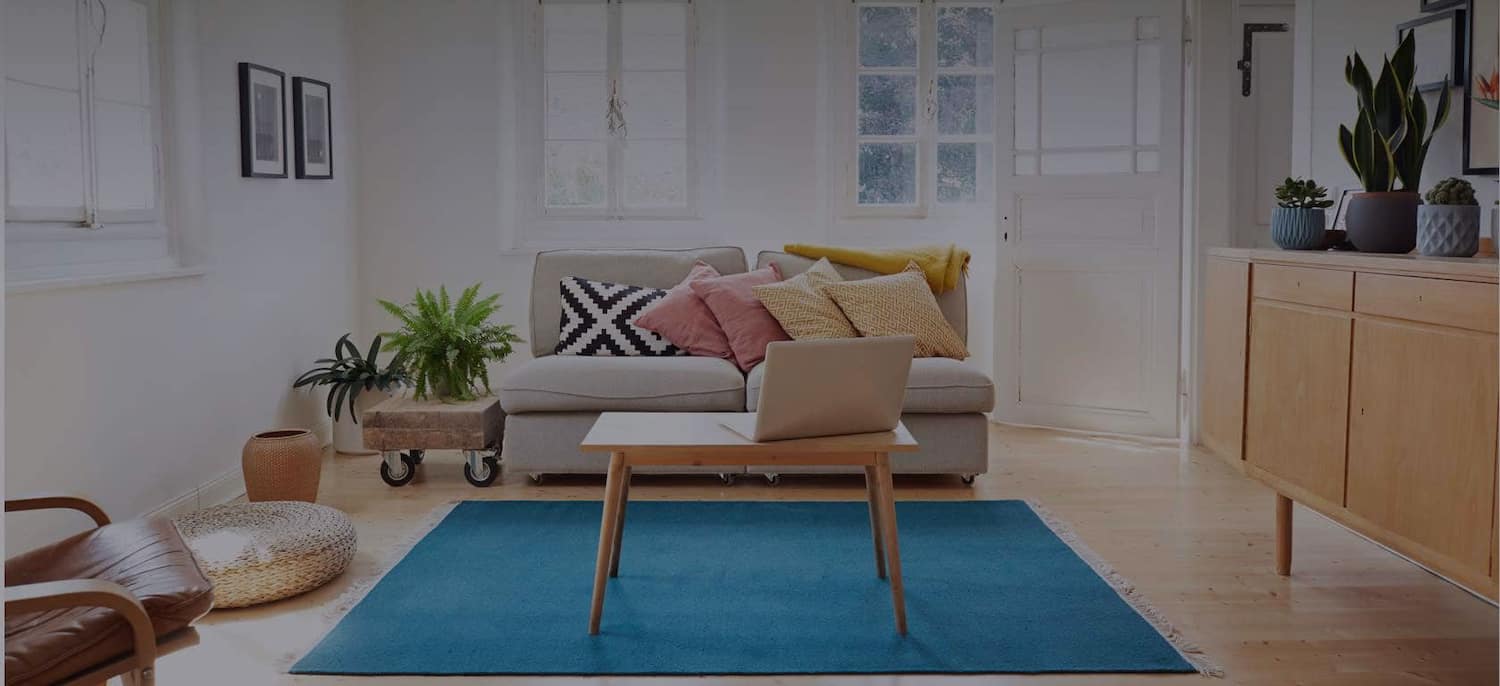
Get matched with top rototilling pros in Millville, CA
Enter your zip and get matched with up to 5 pros
Need a pro for your rototilling project in Millville, CA?
Find Rototilling pros in Millville
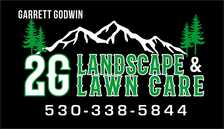
2G Landscaping & Lawn Care - Unlicensed Contractor
2G Landscaping & Lawn Care - Unlicensed Contractor
We pride our company on reliability, great communication, integrity, and quality work. We are experts in our trade and will do our best to keep you as educated as we can on your particular task or project. We look forward to earning your business!
"Garrett is very knowledgeable and provided a solid plan for getting my lawn up and going. He is a great worker and you can be very confident that you will get the yard results that you are wanting. Would strongly recommend. "
Andrew F on February 2025
We pride our company on reliability, great communication, integrity, and quality work. We are experts in our trade and will do our best to keep you as educated as we can on your particular task or project. We look forward to earning your business!
"Garrett is very knowledgeable and provided a solid plan for getting my lawn up and going. He is a great worker and you can be very confident that you will get the yard results that you are wanting. Would strongly recommend. "
Andrew F on February 2025
Pacific Tractor Works
Pacific Tractor Works
Pacific Tractor Works serving the Redding, Red Bluff and surrounding areas. $40 per hour, 2 hour minimum.
Pacific Tractor Works serving the Redding, Red Bluff and surrounding areas. $40 per hour, 2 hour minimum.
The homeowners guide to home care is here
From average costs to expert advice, get all the answers you need to get your job done.

If you need to pump sewage waste uphill to reach a septic tank or street sewer, you may need a dedicated grinder pump. Follow our guide to determine how much a sewer grinder pump costs and any prices that may creep up during the install.
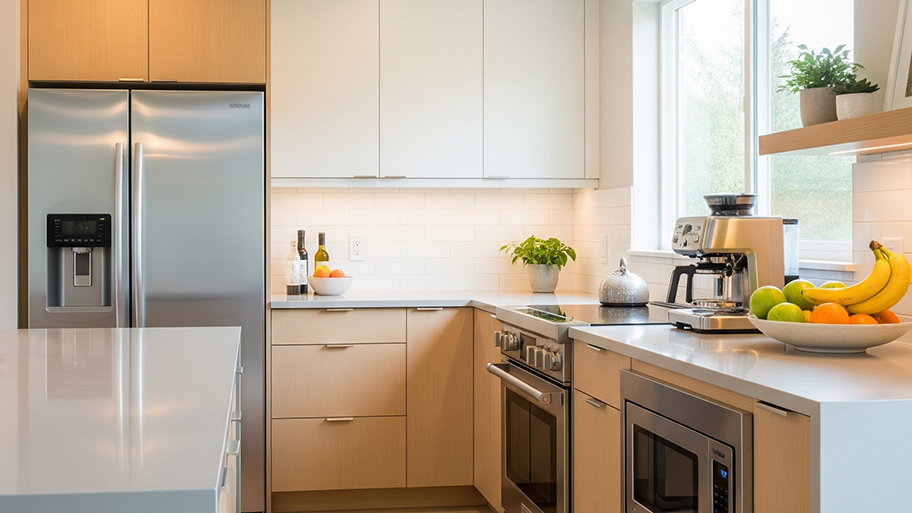
The cost to install a water line for refrigerators typically falls between $75 and $130 depending on the materials, labor, and equipment. Read on to learn more.

Here's a look at how much you can expect to pay to replumb your mobile home with new pipes that meet all local code requirements and environmental regulations.

What is an anti-siphon valve? Our guide covers what it is, how to install one, and more tips to ensure that your drinking water stays fresh and protected.
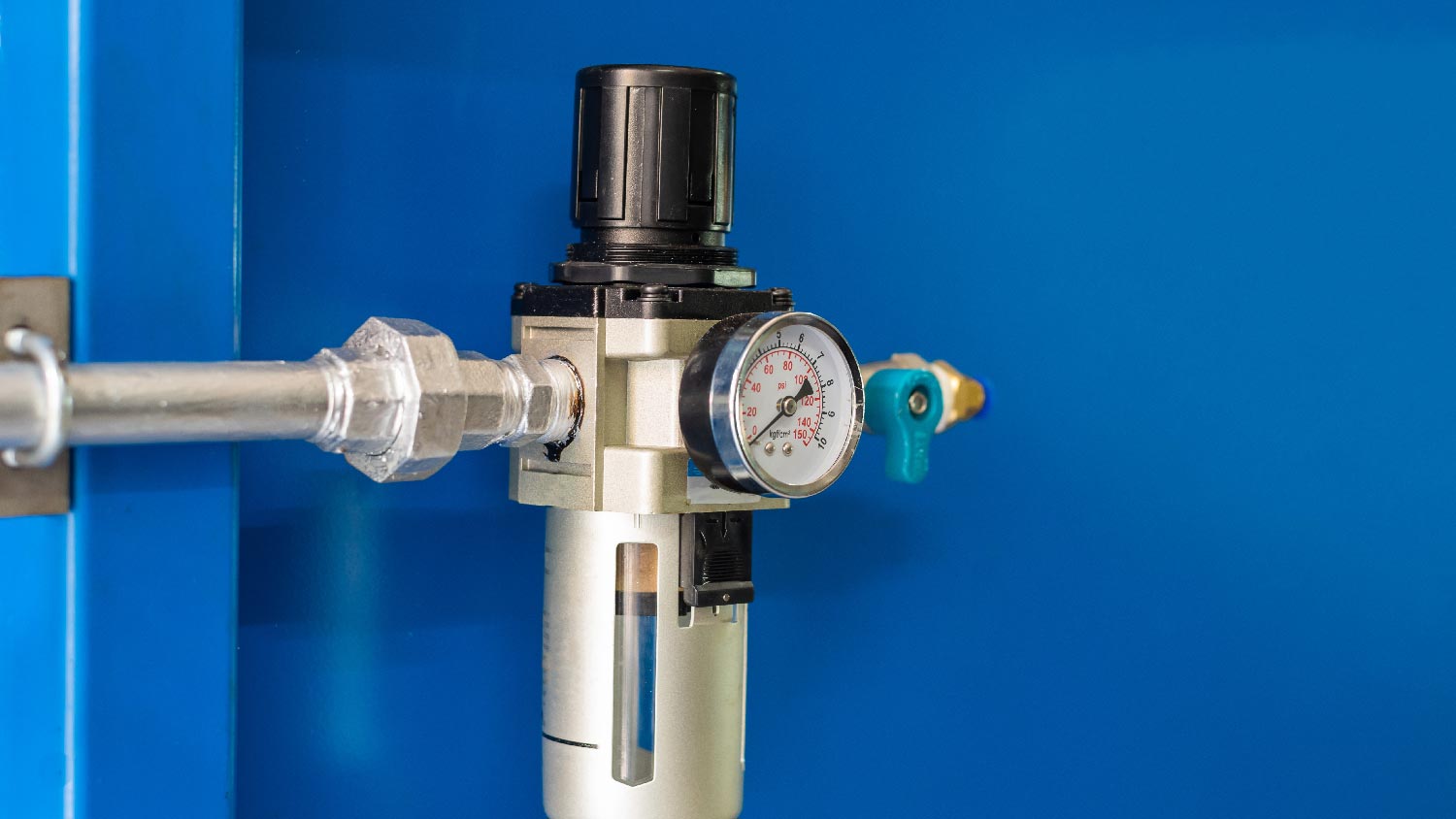 •
•Find out the average water pressure regulator replacement cost, key price factors, and tips to save on your project. Get transparent, expert-backed cost info.
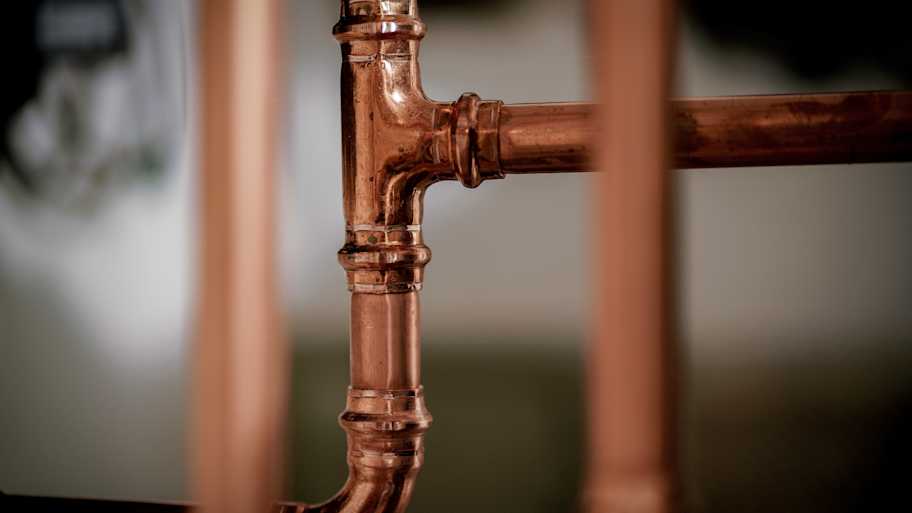
The proper copper pipe size depends on the application and your home layout. Learn how to size copper pipes and what factors to consider when deciding.